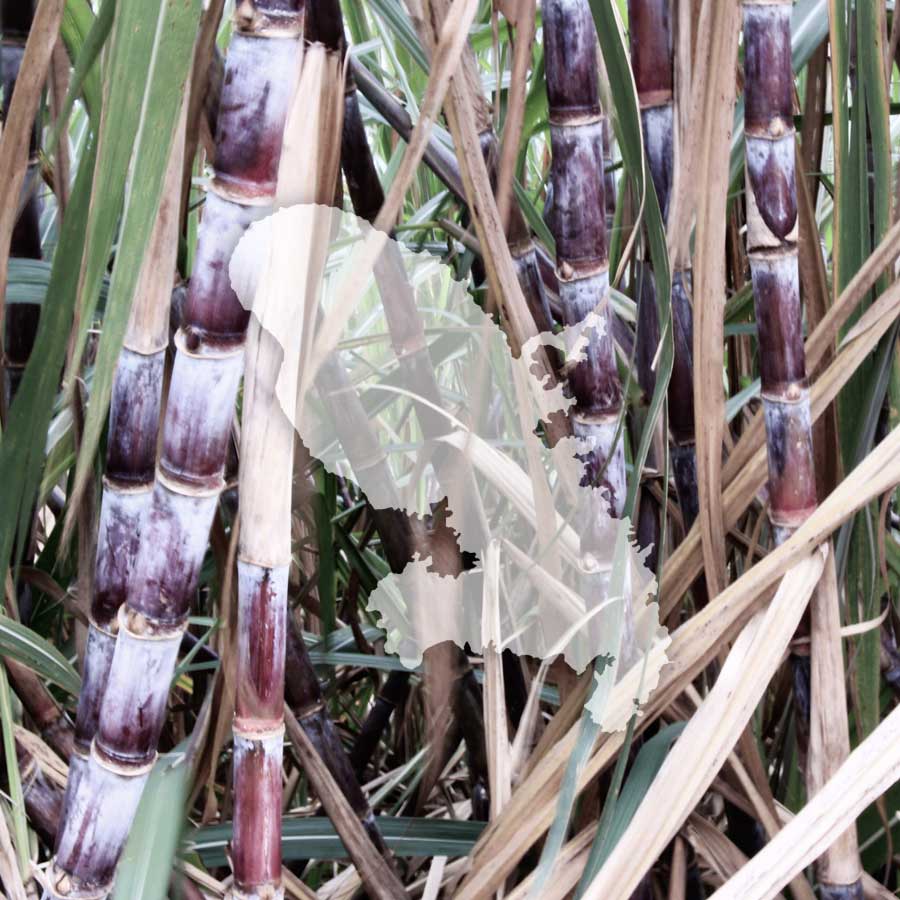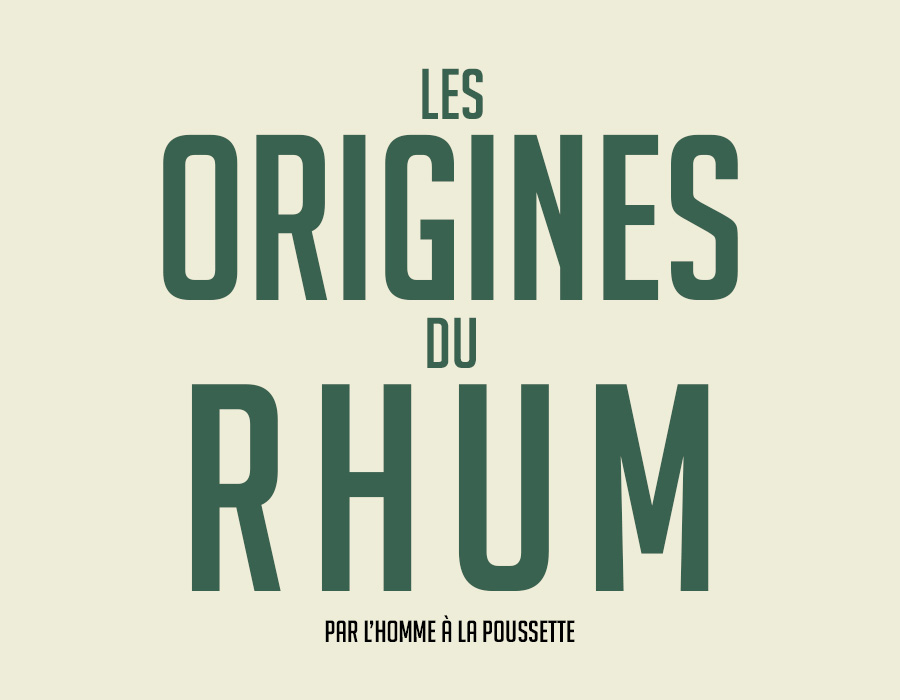Rhum vieux AOC Martinique, get to the bottom of the bottle
Why does an AOC Martinique aged rum develop this aromatic profile? Let’s go from the bottle to the cane to find out.

Photo d’illustration © Anne Gisselbrecht
It’s time to pay a visit to your favourite shop. There’s a whole section of shelves that you’ve never looked at before, with bottles with well-known names, especially if you like planter punches or ti-punches. But then you realise that there are also a huge number of aged rums.
Your wine merchant, not stingy with information and good advice, encourages you to leave with what he calls a VSOP, a term you thought was reserved for cognac (you know a lot about that!). He also talks about AOCs, rhum agricole, specifications, rhum vieux, regulations and the best rum in the world (yes, his opinion may be a little biased).
In short, he provides you with a wealth of information, rather than rum. You take his advice, and a bottle of AOC Martinique VSOP rum joins your cupboard of liquid wonders.
Patience not being your strong point, your newly acquired bottle has its cork popped that very evening. You don’t remember everything your rum expert told you, but you’ve kept in mind that your new rum qualifies as rhum agricole and is therefore made from the fermentation of freshly pressed cane juice (when I tell you that you already know a lot).
And yet, when you put your nose over your tasting glass, just filled with 2 or 3 cl, you don’t detect those fresh cane aromas you were expecting.
It is characterised by spices, wood, orange zest, dried fruit, roasted aromas and a hint of pastry.
Ageing for a minimum of 4 years (which is what VSOP indicates) has profoundly altered the organoleptic profile of this rum. However, it also stands out from other aged rums you may have come across on your rum-tasting journey, and has its own distinctive identity.
Several factors explain this taste signature.
Of course, as you will have noticed, ageing (the time spent in contact with the wood in the cask) plays a major role in the aromas that emerge, but it’s not the only one. The distillate also has its say – and when it comes to pure cane juice rum, it has a lot to say, especially within the Martinique AOC.
Careful, I’m going to add a little technique to your glass of rum.
Like all Appellations d’Origine Contrôlée, this one is based on the notion of terroir. To put it simply, it’s all about the recognised know-how that goes into every stage of production in a specific geographical area.
The main aim of the AOC Martinique, which was adopted in 1996, was to protect rums produced on the island from counterfeiting.
Of course, this is an important point for the consumer, who is assured of the quality of products bearing this indication, but what is just as important is the AOC specifications.
Producers of AOC Martinique rums must follow a number of rules to the letter throughout the production of this precious liquid.
I’m not going to list them all here, otherwise you’ll end up with an indigestible little book rather than a short, easy-to-read article. For the more curious (and courageous), I suggest you take a look at the decree of 29 December 2020, which is full of information to quench your thirst for knowledge.
Among the criteria set out in the specifications are :
- the varieties of cane,
- the geographical areas,
- the period during which the cane is harvested,
- the range of fermentation times,
- the distillation apparatus (column créole),
- the percentage by volume for pouring,
- the minimum resting time for white rum,
- the type of wood (oak) used for ageing,
- the fact that these rums must have an organoleptic profile specific to AOC rums and their non-edulcorability.
The strictest set of rules in the world of rum, each of which has an impact on the aromas and flavours of your rum.
This will be reflected in the unaged cane brandy by fruity, vegetal and floral notes, while developing aromatic power and finesse. But when the rum is aged (in 650-litre oak casks), it will gradually change, both visually and organoleptically – it’s not every day you come face to face with a seven-syllable word.
A Martinique AOC aged rum must spend at least three years in cask, four years for a VSOP and six years for an XO. However, they may be older; the ages described are minimum ages.
Its colour will become increasingly intense over the years, ranging from honey to dark mahogany. In principle, the colour of a spirit comes from contact with wood. I say “in principle” because many producers use caramel colouring to make their products more uniform, or even to change the colour altogether, which is forbidden under the AOC.
The aromas change completely, becoming more complex and longer on the palate.
The specifications describe them as follows: woody, fruity (figs, dates, prunes), spicy (vanilla, cinnamon, nutmeg) and empyreumatic (roasted, coffee, toasted, cocoa).
The choice of cask will play a major role (as will the time spent in it). French oak will not have the same effect as American oak; the influence of a new cask will be felt differently from that of a used cask; the previous contents may have a major impact on the newly tapped rum.
These are all choices that the distillery and the cellar master will have to make depending on the desired result.
So your nose wasn’t deceiving you: you’re a long way from a white rum made from pure cane juice. However, you can be sure that the identity of the distillate does have a role to play in the profile of the old rum, even if it is the ageing conditions that will determine the essential aromatic structure of your AOC Martinique old rum.













